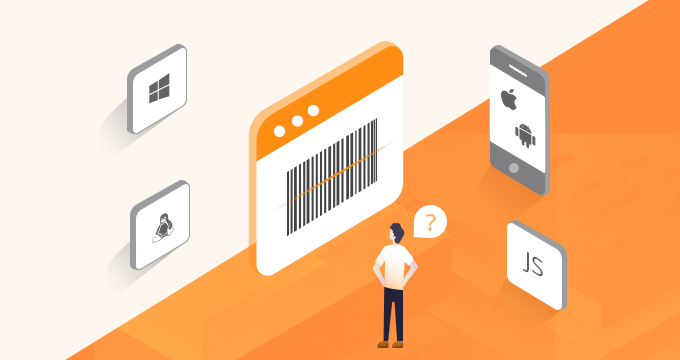Tag: php
-

How to Interact with TWAIN Scanners in a PHP Application PHP is a popular server-side language, but it cannot directly interact with document scanners attached to client computers. However, with the continued growth of digitization, scanning capabilities have become increasingly important in PHP environments. To implement document scanning in your...
Read more › -

Interested in integrating barcode reading into your application, but find the process overwhelming or confusing? You’ve come to the right place. Dynamsoft Barcode Reader provides multiple packages on different platforms based on different programming languages. In this post, we aim to help you by showing you how to choose the...
Read more › -

A webcam allows users to capture images and video streams in real-time. It is usually built into a laptop or physically connected to a computer via a USB port. Webcams can be used in many scenarios, including video conference calls, face recognition, security surveillance, etc. How to Access a Webcam...
Read more › -

TicketSwap is a consumer-to-consumer platform designed to provide a safe, convenient, and fair place to buy and sell e-tickets for concerts, festivals, sports events, theatres, etc. TicketSwap has been active for over five years with an ever-evolving platform. To process all the tickets uploaded by sellers and prevent tickets from...
Read more ›


